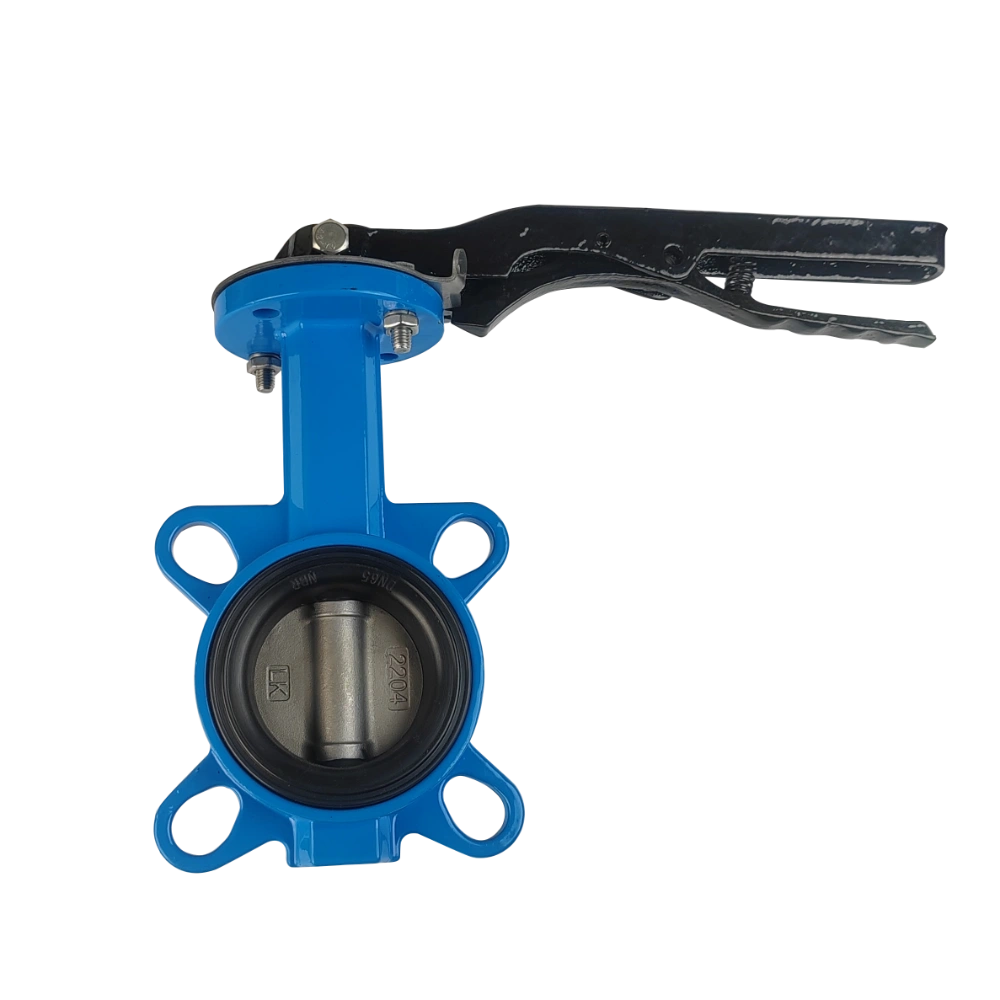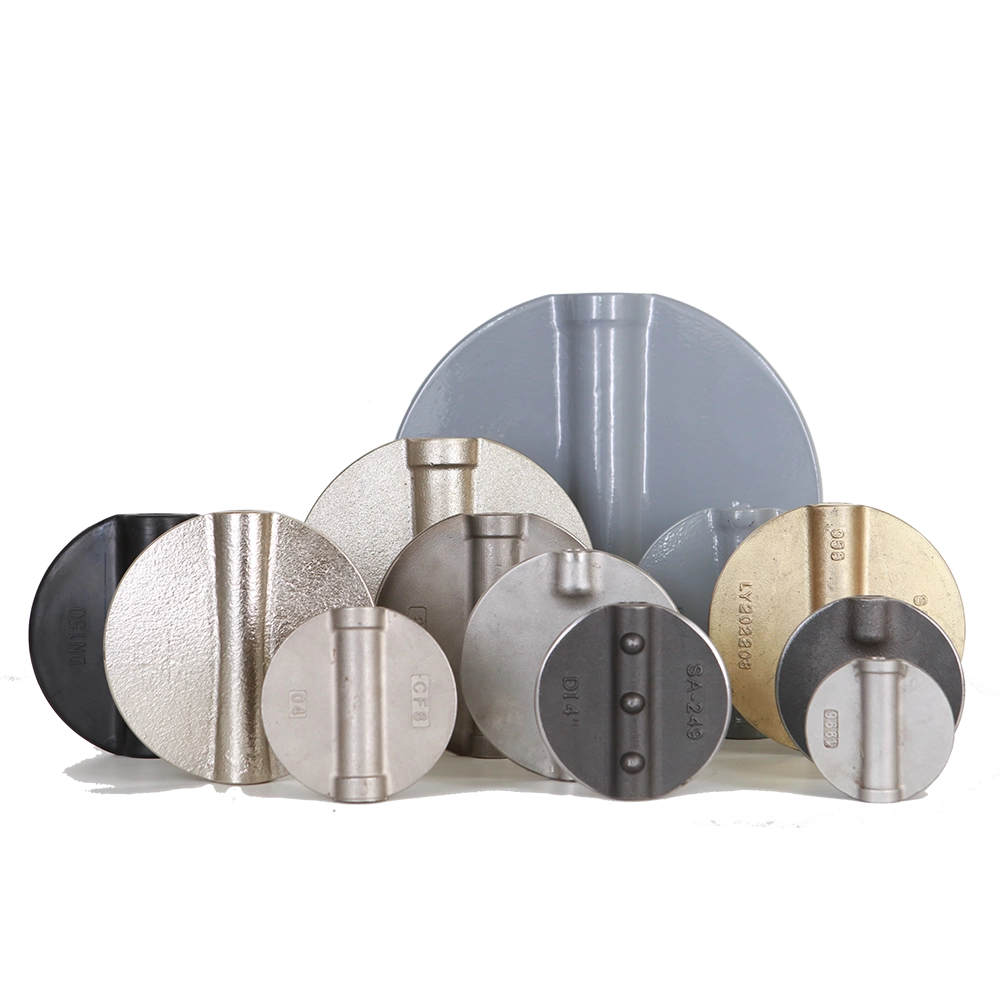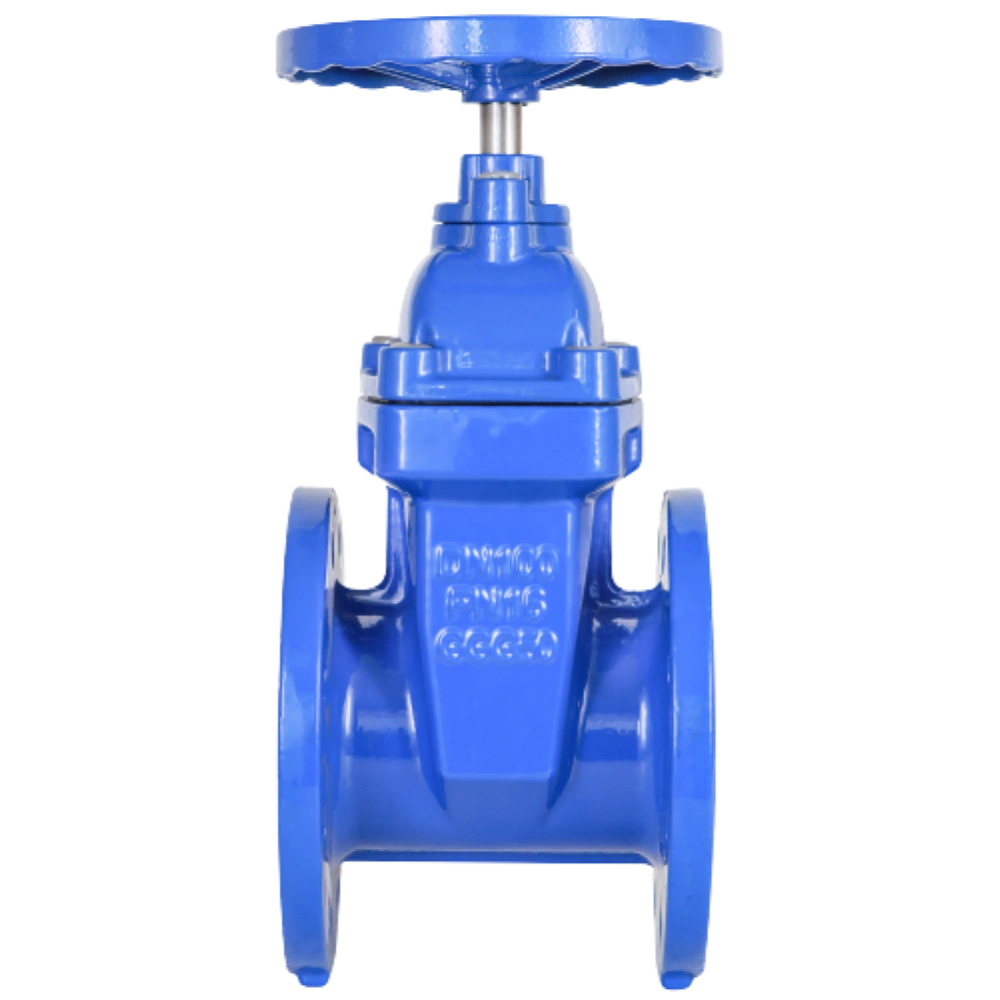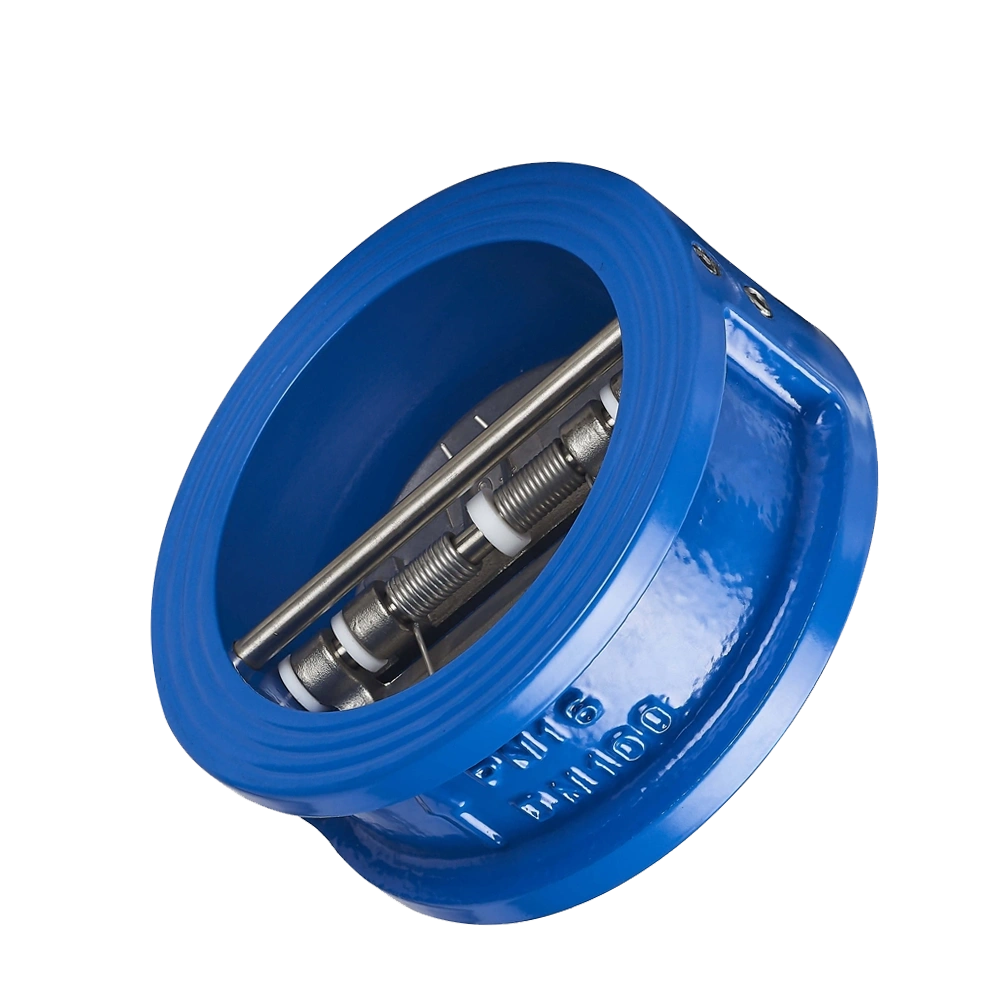Butterfly valves are versatile and efficient devices for flow control. They are found in many industries that drive the economies of the world. A butterfly valve consists of a disc that rotates on an axis to control the flow of fluid and media. The seal of this device determines its efficiency. The seal of a butterfly valve is durable and can withstand harsh working conditions, making it imperative to have a strong seal in a valve. But, at the core of its performance is another vital component called the butterfly valve seat. In this article, we will explore what butterfly valve seats are. The guide will discuss the various butterfly valve seat types and applications. We will also discuss factors to help you choose the best valve seat.
What is a Butterfly Valve Seat?
A butterfly valve seat is essentially a component that houses the valve disc. This connection helps to create a tight seal when the valve closes. The primary function of a butterfly valve seat is to ensure a leak-proof seal within the valve.
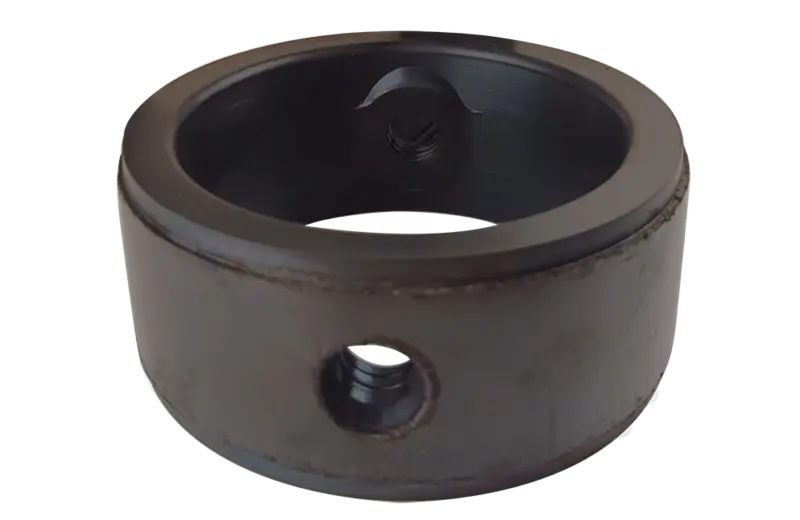
A seat lines the inner circumference of the valve body and creates a surface that the disc presses onto.
This design allows them to maintain the seal during various stresses.
Types of Butterfly Valve Seats
There are several types of butterfly valve seats for different operations. The type of valve seat you’ll find in industries depends on the stress they can tolerate.
1. EPDM (E) Butterfly Valve Seats
An Ethylene Propylene Diene Monomer (EPDM) valve seat has many applicable uses. EPDM valve seats are resistant to tears, alkalines, and acids. They also resist compression, heat, ozone, and various weather conditions.
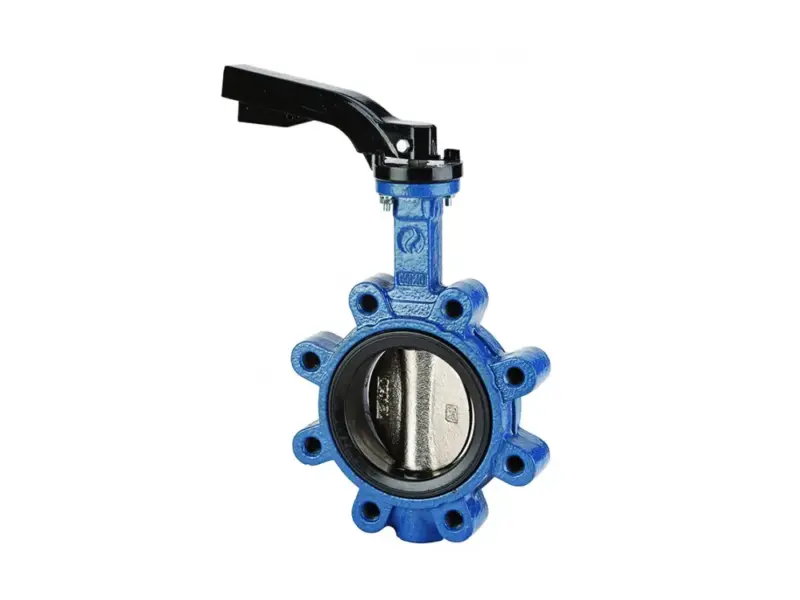
EPDM is also referred to as EPR, EPT, or Nordal. It is suitable for processes that involve steam, water, ketones, bleach, and chlorine.
EPDM also resists glycols and alkaline solutions and can withstand temperatures between -30 °F and 225 °F.
Applications of EPDM Valve Seats:
Some common applications of EPDM valve seats are in HVAC systems, water treatment plants, and food processing.
But these seats falter in operations that involve petroleum-based oils and hydrocarbons. They are also unsuitable for processes that use certain solvents and strong acids. This is because they can expand when exposed to these substances.
2. BUNA-N (B) Butterfly Valve Seats
BUNA-N is a general-purpose elastomer that is popular for its high oil resistance. It is alternatively called nitrile, a synthetic copolymer of butadiene and acrylonitrile (ACN).
BUNA-N valve seats resist petroleum-based fluids, oils, acids, alcohols, and hydraulics.
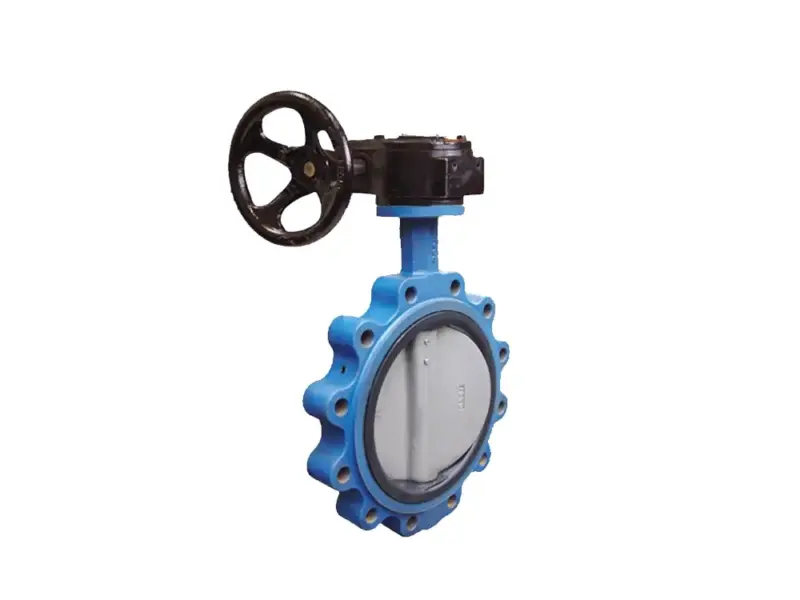
But unlike EPDM, it offers lesser heat resistance at a rating of 0 °F to 180 °F and up to 225 °F. This makes BUNA-N vulnerable to high temperatures. In addition, it provides little resistance to ozone and weathering.
Applications of BUNA-N Butterfly Valve Seats:
BUNA-N valve seats are commonly found in;
- Oil and gas industries
- Automotive sectors
- Hydraulic systems
- Conveyor system
- General-purpose industrial seals and gaskets
- Industrial water treatment
BUNA-N valve seats are not suitable for processes that involve acetones and ketones. They are also incompatible with chlorinated hydrocarbons like Chloroform.
3. VITON (V) Butterfly Valve Seats
Viton is the brand name for Fluoroelastomer (FKM). It offers great resistance to both chemicals and extreme temperatures. Viton operates at temperatures ranging from -20 °F to 300 °F. Its advantages include;
- Resistance to compression
- Outstanding tolerance to chemicals
- Excellent ability to retain its properties after long-term temperature exposure
- High tolerance to heat
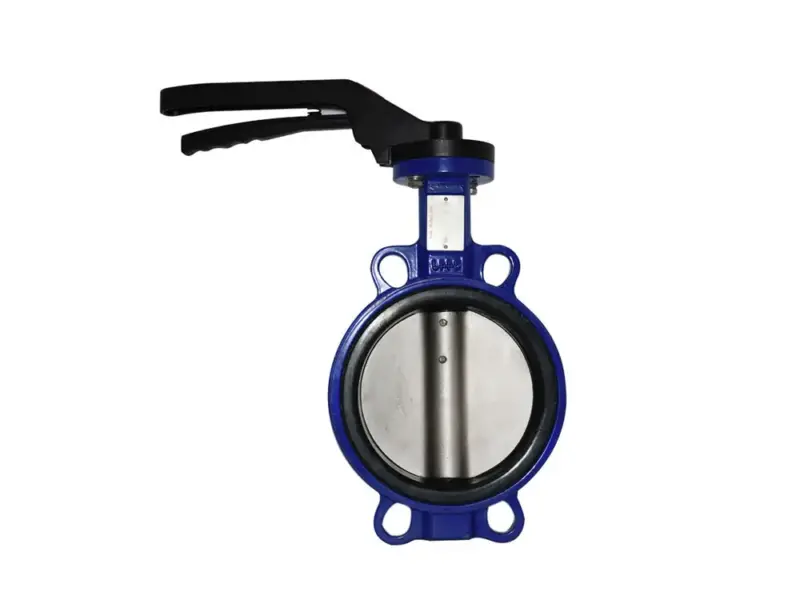
While these benefits make Viton great, it isn’t flawless and has a set of limitations.
For instance, it is pricier than other seat options. Thereby, it scrapes cost-effectiveness from its offerings. BUNA-N is also very inflexible in operations that involve mild temperatures. Moreover, it is completely repellant to processes that involve steam or water.
Nevertheless, VITON butterfly valve seats pride themselves on their strength and resilience. Proof of this is VITON valve seats in purely demanding industries. Examples include chemical processing plants, aerospace, oil refineries, and knife gate valves.
4. PTFE (P) Butterfly Valve Seats
PTFE is also called Teflon and is an abbreviation for Polytetrafluoroethylene. This synthetic fluoropolymer is popular for its exceptional chemical and fire resistance. It is also known for its low-friction properties.
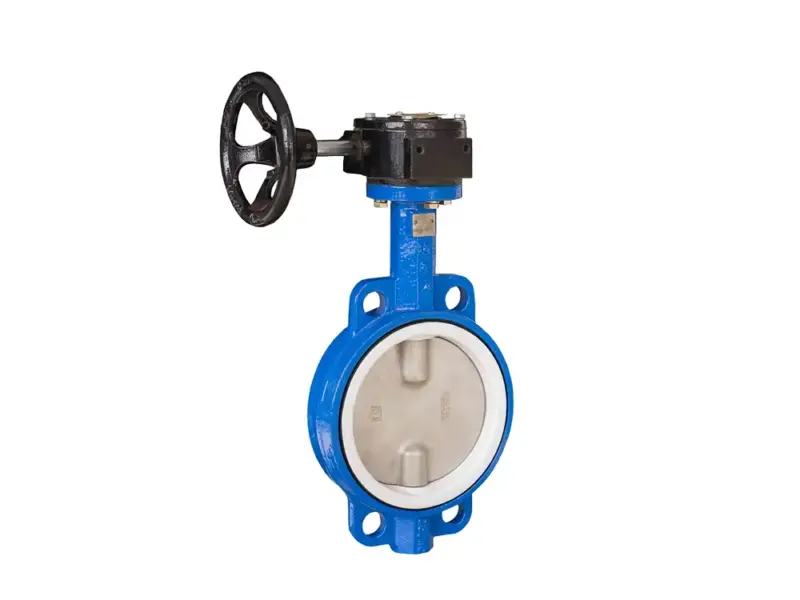
Due to these attributes, Teflon is a preferred raw material for resilient seat valves. These are a type of valve seats that have superb sealing properties. This is due to their ability to deform slightly under pressure.
PTFE or Teflon, is a cost-effective type of valve seat that provides an almost universal chemical resistance. It operates at a temperature range of -50 °F TO 400 °F and has non-stick properties.
Its advantages include;
- Performing well in both high and low temperatures
- FDA compliance for food and pharmaceuticals
- Low operating torque due to low friction
- It is compatible with electrical appliances because of its insulation qualities.
Although Teflon offers many benefits, it still has its own set of limitations. One downside of PTFE valve seats is their vulnerability to high-pressure systems. Another is how difficult it is to bond PTFE seats to metal valve bodies.
Applications of PTFE Valve Seats:
- In highly corrosive chemical processes
- Food and beverage industries
- Manufacturing electronics like LCD screens and batteries
- Cryogenic applications, such as in the industrial production of nitrogen, oxygen, and argon
- Pharmaceutical industries
How to Choose the Best Butterfly Valve Seat?
Now that you know the different butterfly valve seat types, we’ll guide you in choosing the best. From the above section, you’ll notice that the valve seats have overlapping properties. Therefore, to make your selection process easier, below is a detailed comparison of these valve seats.
1. Between VITON and BUNA-N
When picking between VITON and BUNA-N, the concerns are chemical and temperature resistance. VITON is a better choice for applications that involve chemicals and high temperatures. While VITON can resist up to 300 °F, BUNA-N has a limit of 180 °F. This makes BUNA-N vulnerable to extreme temperatures. But it also means that BUNA-N can perform better in low-temperature scenarios.
Both valve seat types can tolerate petroleum-based fluids, but VITON has an edge. It can resist a wider range of chemicals and withstand ozone and weather conditions.
Cost-wise, however, BUNA-N is a more cost-friendly option than VITON. It is also best for general industrial uses where VITON’s superior properties are unnecessary.
2. Between EPDM and BUNA-N
EPDM excels in water, steam, and ketone-based operations. At the same time, BUNA-N is perfect for petroleum-based fluids and oil resistance. Temperature-wise EPDM is more resistant and can withstand up to 225 °F.
In addition, it provides better tolerance to ozone and weather conditions. This makes it a suitable choice for outdoor use as opposed to BUNA-N. BUNA-N, however, offers better performance with hydraulics and oils. This makes it the perfect option for customers with automotive needs.
3. Between EPDM and PTFE
Compared to the rigid PTFE, EPDM valve seats are flexible and resilient. This makes them the better choice for precise operations like electronics manufacturing. In contrast, EPDM valve seats are used in more common processes, like HVAC systems.
EPDM butterfly valve seats work well with water and steam applications. In contrast, PTFE offers near-universal chemical compatibility.
PTFE is also more tolerant to freezing and hot temperatures. But it is also vulnerable to repetitive motions that cause wear and tear.
EPDM is more flexible and can withstand constant stress and friction.
4. Between VITON and PTFE
Both VITON and PTFE are chemically resistant, but PTFE is superior as it can repel almost all solvents.
PTFE also has a wider temperature range than VITON. However, VITON thrives in its ability to retain its shape after long exposure to heat. This trait allows it to maintain better sealing under dynamic conditions and low pressures.
PTFE offers lower friction and is FDA-compliant for food applications. In general, VITON is suitable for abrasive operations.
5. Between BUNA-N and PTFE
BUNA-N is better for petroleum-based applications. It provides better elasticity and sealing in active conditions. PTFE, on the other hand, is unmatched in chemical resistance with a higher temperature range.
BUNA-N valve seats are cost-effective and can resist more abrasive processes.
PTFE excels in low-friction and is FDA-compliant. So keep this in mind if you’re into the food, beverage, or pharmaceutical industries. BUNA-N performs better at low temperatures, while PTFE works well in high heat. In comparison, PTFE is better for non-stick uses.
6. Between EPDM and VITON
EPDM outperforms VITON in water and steam applications. VITON is better for oil and fuel resistance and has a higher tolerance to temperature.
EPDM provides better flexibility at low temperatures and is a cost-friendly choice. VITON, however, offers superior chemical resistance, especially to acids and oxidizing agents. Nevertheless, regarding weather and ozone resistance, both valve seats provide the best.
Concluding Remarks
Butterfly valve seats are important components in a valve system. They ensure a butterfly valve remains efficient and keeps up with active industrial changes.
Before you select a valve seat type, consider the factors in the above sections. Consider your specific needs and picture how the characteristics of a valve seat will impact your applications.

